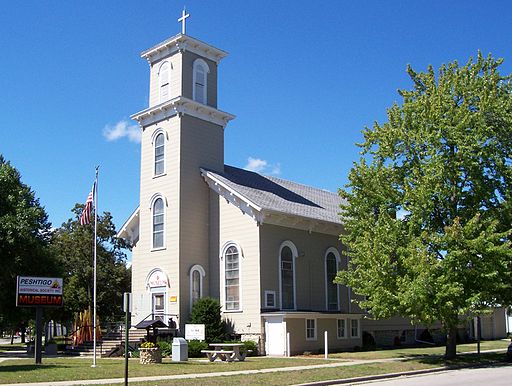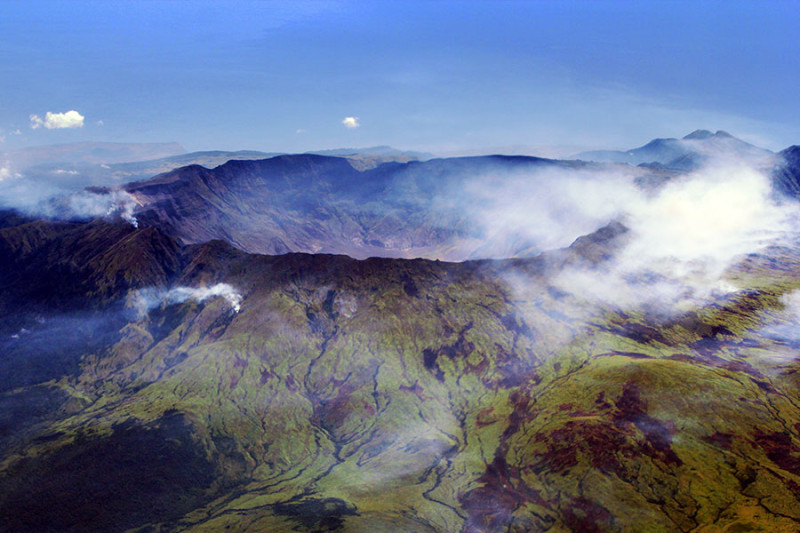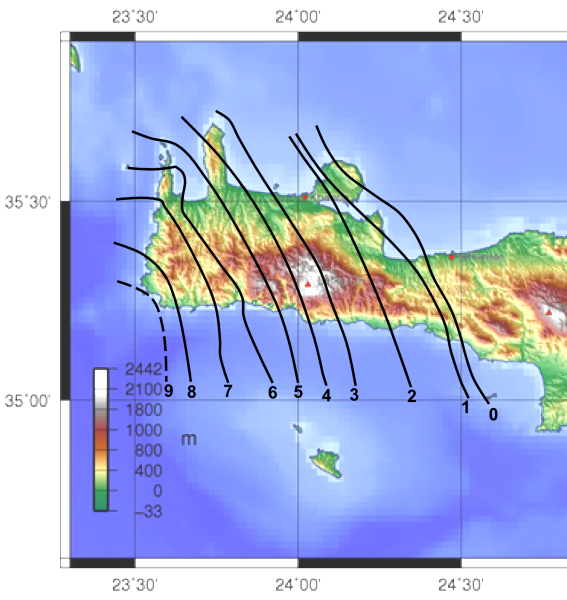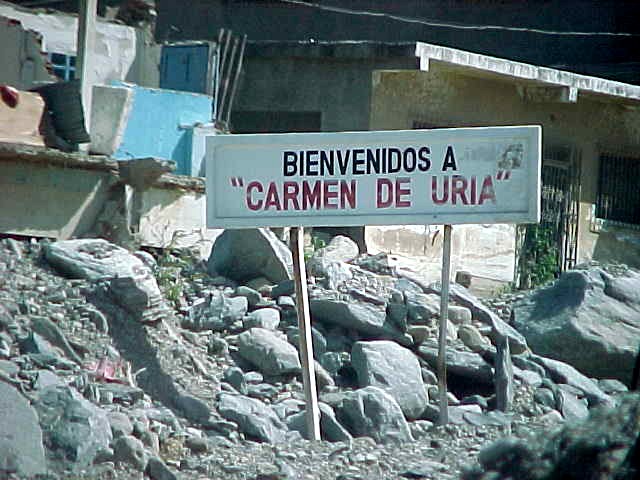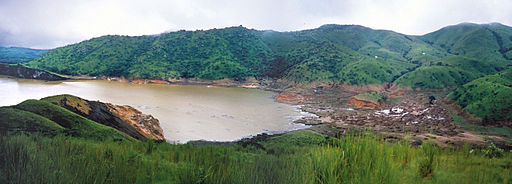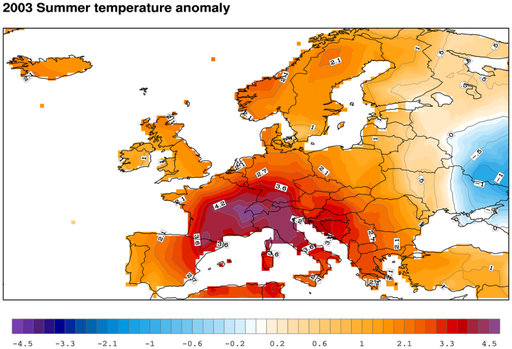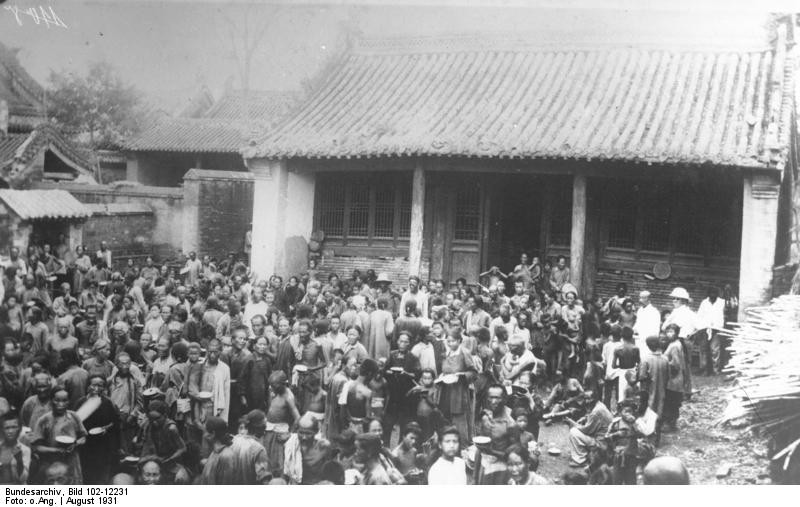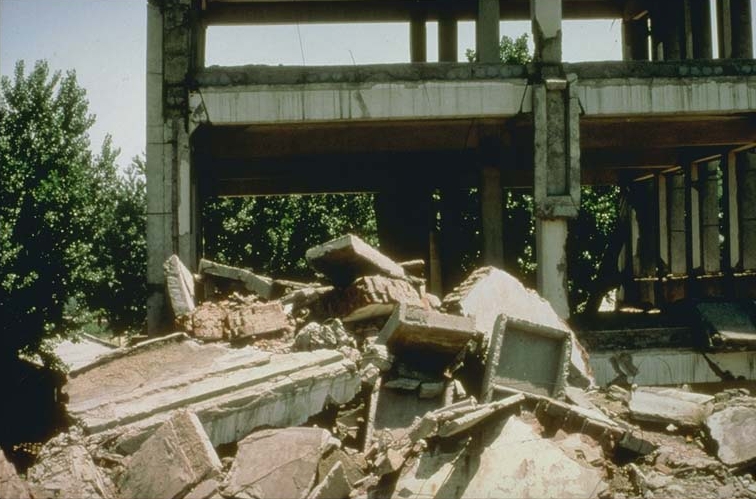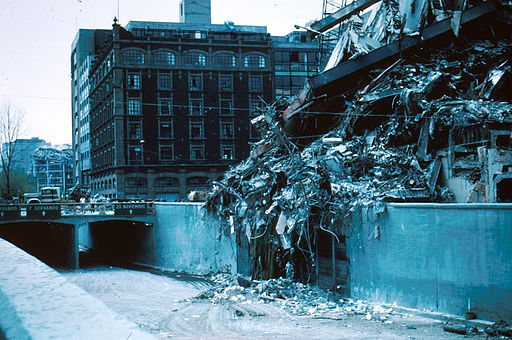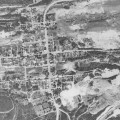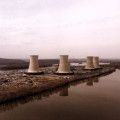The 12 Worst Natural Disasters in History
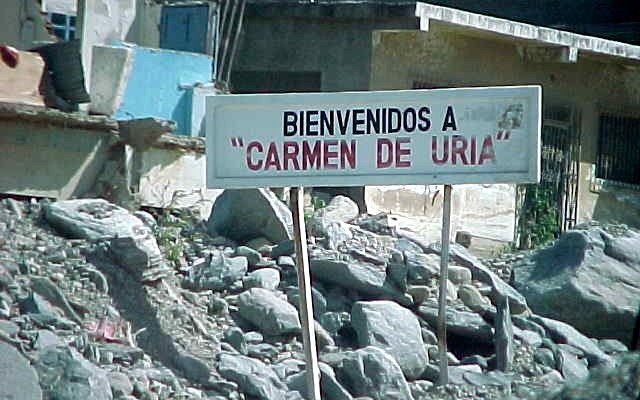
When natural disaster strikes it can wreak serious havoc, on par with some of the worst wars and epidemics our species has ever faced. You’ll find plenty of ways to rank disasters – from the damage they cost in dollars to the number of lives they claim. We went with a different approach: type.
The disasters on this list are considered the worst of their type in all of recorded history. They claimed lives, leveled cities, and left a mess that time and memory can’t erase in their wake. And yet, man has overcome the worst Mother Nature could hurl at us.
Peshtigo Fire
Where: Wisconsin
When: October 8, 1871
This massive forest fire took place on the same day as the Great Chicago Fire and several other fires in the area. Despite claiming roughly 10x the number of lives and spreading over a much larger area, unlike Chicago’s fire, Peshtigo has largely been forgotten.
Between 1,400 and 2,500 people died when several small, controlled brush fires grew with the help of a storm into a raging and uncontrollable fire that spread over a distance of 1.2-1.5 million acres. That’s twice the size of Rhode Island.
If you ever wondered what hellfire looks like, Peshtigo’s residents could probably have told you. During the blaze, a massive firestorm erupted, and a fire whirl – also called a fire-nado – whipped rail cars and houses about with terrifying strength. Peshtigo is now the site of a religious shrine, where nuns and townspeople prayed for safety in the town chapel and survived, despite fire destroying everything nearby.
Mount Tambora Eruption
Where: Indonesia
When: April 10, 1815
One of the most powerful volcanic eruptions ever recorded, this 1815 explosion didn’t just affect the Indonesian island it took place on. It changed global weather patterns and produced extreme weather, too. Responsible for the phenomenon call the “year without a summer,” Mount Tambora’s sporadic eruptions, culminating on April 10, 1815, and continuing for another six months, also contributed to worldwide harvest failures.
Hunger on a global scale, all because a mountain decided to belch…and it must have been practicing. The sounds of the eruptions were heard up to 1,600 miles away, in Sumatra.
The energy of the eruption was roughly 800 Mt, and blew 140 tons of ash and pumice into the air, while the mountain itself turned into liquid fire. It wiped out surrounding villages, and also produced a sizable tsunami. Approximately 4,600 people died as an immediate result of the eruptions, but up to an additional 100,000 died from starvation and disease as a result of this natural disaster.
Crete Earthquake and Tsunami
Where: Crete
When: July 21, 365
One of the most terrifying earthquake and tsunami pairs in history, the Crete earthquake of July 21st, 365 was easily of magnitude 8 or higher. It caused widespread damage throughout the Mediterranean that destroyed parts of Greece, Libya, Egypt, Cyprus, and Sicily. The earthquake itself nearly destroyed Crete, and the tsunami that followed tried to finish the job. The tsunami’s wrath was felt in Libya, Alexandria, and the Nile Delta.
The estimated death toll from this pair of natural disasters is “many thousands”, but the scary part is that scientists aren’t sure if it could happen again. 300 years after it took place, the tsunami was still recalled as a “day of horror” in Alexandria. Around the region, the effects of the earthquake and tsunami are still visible.
Daulatpur-Saturia Tornado
Where: Manikganj, Bangladesh
When: April 26, 1989
Wind is usually something we relax and enjoy. Go fly a kite, hang-glide…it’s nice. But when it whips into a tornado, look out.
In 1989, Manikganj Bangladesh found out just how bad wind can be. Approximately 1,300 people died as a result of a single tornado that moved through the cities of Daulatpur and Saturia. Every home within six kilometers of the tornado’s path was obliterated.
One mile wide, with a path of roughly 50 miles through some of the poorest areas of the region, 80,000 were left homeless and another 12,000 were injured. There was no way to escape the tornado’s path. It’s likely that it was an F5 on the Fujita scale, although an exact rating for the tornado was impossible due to poor construction practices in the region.
Vargas Tragedy
Where: Venezuela
When: 1999
The Vargas state of Veenzuela is a mountainous regions that butts up against the ocean, creating a stunning and perilous landscape. On the second day of a torrential rainstorm that lasted from the 14th -16th of December in 1999, flash floods and debris flows claimed the lives of up to 10% of the state’s population. Whole towns were destroyed, and some were buried up to 6 meters of mud and debris.
1.8-1.9 million cubic meters of sediment washed down the mountains, taking homes, cars, and businesses with it. With a final cost of roughly $1.79 billion USD, it was terrifyingly expensive, and wiped out 8,000 homes and 700 apartment buildings in Vargas. It also wiped out the state’s infrastructure system. Say goodbye to water, gas, electricity, sewage, communications…
Between 10,000 and 50,000 people died in the event and there was no food or water, so roughly 100,000 people were evacuated.
Lake Nyos Limnic Eruption
Where: Cameroon
When: 1986
Carbon dioxide and water. You probably drank some of it this week. It’s soda. But when nature makes it, it’s not a refreshing beverage. It’s the source of a deadly gas that can suffocate you quickly and silently. In Lake Nyos, carbon dioxide is released from under the Earth’s crust into still lake water on the inside of a volcanic crater, making carbonic acid.
Under the surface, a giant gas bubble of carbon dioxide forms, and when the water is disturbed, a massive cloud of heavy carbon dioxide seeps out and smothers everything in its path in a limnic eruption. In 1986, 1,700 people and 3,500 livestock died when one of those clouds, containing roughly 1.2 cubic kilometers of gas, escaped.
European Heat Wave
Where: Europe
When: 2003
Economic resilience usually makes it easier for countries to resist disaster, but it’s not always true. In 2003, one of the most affluent regions of the globe suffered nature’s fury. An unrelenting heat wave passed through Europe, leaving 70,000 people dead. France suffered the worst effects of this massive heat wave.
Easily the hottest summer on record since 1540, 2003 was not a time to be in Europe. In addition the deaths and illnesses caused by the extreme heat, wheat and grape crops suffered heavy losses. Ocean currents were also affected, which changed the breeding patterns of several commercial fish species, and may have depleted their populations, too.
Central China Floods
Where: Central China
When: 1931
Killing 145,000-4 million people, these massive floods were the result of heavy snow storms followed by a quick spring thaw and heavy seasonal rains on the Yangtze (Yellow) and Huai Rivers. In July on the Yangtze, over 2 feet of rain fell. On the Huai, an estimated 200,000 people died in their sleep when floodwaters washed away the dikes near Gaoyou Lake.
Sleeping wasn’t a bad way to go, when you consider what happened to the survivors.
Extreme desperation and poor sanitary conditions led to starvation, the spread of cholera and typhus, as well as infanticide and even cannibalism. War and political turmoil left the region in ruins for decades after the floods.
Shaanxi Earthquake
Where: Shaanxi, China
When: January 23, 1556
The deadliest earthquake on record, the 1556 Shaanxi earthquake in China killed an estimated 830,000 people. Destruction stretched over a 520 square mile region, as loess caves that housed the population caved in on themselves. 97 counties in 10 Chinese provinces were affected.
In Huaxian, all of the homes and buildings were destroyed. More than half the population died. In some areas, the Earth itself opened – giant crevices formed with depths of up to 20 meters. Where the Earth wasn’t cracking open, it was sliding down. Massive landslides wiped out more lives and buildings, adding to the destruction caused by this massive earthquake.
Like the New Madrid earthquake sequence that took place in 1811 and 1812 in the United States, this earthquake changed the course of local rivers. According to descriptions from the time period, new hills and valleys were formed quickly, and streams erupted from the ground. An entire region of China was destroyed, and 60% of the population died. Imagine that in modern China…
Bhola Cyclone
Where: East Pakistan (modern Bangladesh)
When: November 12-13, 1970
On November 12, 1970, a massive cyclone barreled into the coast of India and Bangladesh. It took the lives of 300,000-500,000 people in the span of a few short days, and caused an estimated $86.4 million USD in damages. The massive losses from the earthquake led the Beatles’ George Harrison to hold the first benefit concert in modern music history. The album of that concert was still sending money to relief efforts (not just in Bangladesh) in the 1990s.
Upazila, Tazmuddin was the most heavily impacted area. More than 45% of the population of this area was wiped out. The disaster is thought to have directly impacted the formation of Bangladesh and the overall political turmoil in the region over the next few years.
Iran Blizzard
Where: Iran
When: February 3-9, 1972
With snowfall ranging from 10-26 feet over 6 days, Iran’s blizzard of 1972 wasn’t just a blizzard. At least four settlements were decimated, including Kakkan, Kumar, and Sheklab, where no one survived. The city of Ardakan was also hit hard, and 4,000-6,000 people died in Southern Iran as a result of this unprecedented snowfall.
200 villages were destroyed, telephone lines, commuter rail lines, and cars were obliterated. Temperatures reached a bone chilling -13 degrees, and food, water, and medical aid were out of reach.
Relief workers gave up after days of desperately trying to reach villagers and finding only frozen bodies. They left bread and supplies on top of snow drifts, and left as, just three days after this massive blizzard ended, another arrived.
Huascaran Avalanche and Ancash Earthquake
Where: Peru
When: May 31, 1970
This avalanche was caused by the Great Peruvian Earthquake, which struck at 3:23 in the afternoon. The earthquake shook the surrounding area strongly and caused enough damage on its own, but away from the epicenter, it threw Mount Huascaran’s heavy blanket of snow and ice off balance.
A shocking death total of nearly 70,000 makes the Huascaran avalance of 1970 the deadliest natural disaster in Peruvian history, and the deadliest avalanche in recorded history. 80 million cubic meters of mud, rock, ice, and snow plowed into the towns of Yungay and Ranrahirca at a speed of 280-335 kilometers per hour.
And a few more to know…
The worst disasters aren’t always the ones that leave the greatest impact. The natural disasters on this list are horrific in their own right, and many are either still affecting the places they occurred in, or left scars that can’t (and shouldn’t) be forgotten. You’ve probably noticed that earthquakes go hand-in-hand with many of the worst disasters – they even cause them. When the ground beneath your feet shakes, it’s hard to imagine anything else is safe. That’s why this list includes a few notable earthquakes…
Aleppo 1138 Earthquake
Killing an estimated 230,000 people, this earthquake hit the Syrian city of Aleppo so hard that it’s still talked about – nearly 900 years later. The estimated magnitude was 8.5.
October 11, 1138 wasn’t a good day to be a Crusader. The part of Aleppo that was most affected was Harem, where the Crusaders were based. Their church collapsed on itself, and their castle and citadel were also destroyed. Then again, most Aleppo suffered a similar fate – accounts from eye witnesses report that Aleppo was destroyed.
Aleppo has taken some serious beatings from earthquakes. In 533, 130,000 people died in the city as a result of an earthquake, and in 1169, another 80,000 of Aleppo’s residents were killed in an earthquake.
Tangshan 1976 Earthquake
If you’re afraid of natural disasters, don’t visit China. You’ve just read about the horrific floods, but it gets worse. On July 27, 1976, a 7.8M earthquake struck near the heart of Tangshan. Casualty estimates range from 240,000-650,000. Even the lower number would make this the 2nd deadliest earthquake in history. An additional 164,000 people were injured in the earthquake.
The Chinese believe that natural disasters are omens of political change. In an odd coincidence, this earthquake occurred in the same year the Mao Zedong died. It quickly became a tool for political debate, and may well have swayed Chinese politics in favor of Hua Guofeng, Mao’s chosen successor.
Mexico City 1985 Earthquake
Although its epicenter was on the Michoacán coast of Mexico, this earthquake wreaked the most havoc X km away. Mexico City is built on what was once a lake, and the soil is basically the equivalent of a bowl full of gelatin. With skyscrapers and millions of people on top, things quickly grew scary when this powerful Mw 8.1 earthquake struck.
Thousands of buildings were destroyed, and although the official government death toll ranges between 4-6,000, nongovernment observers place the casualties closer to 45,000. Coupled with severe building damage and a dictatorial government that largely rejected outside help, this was easily one of the worst disasters on record.
Many seismologists and civil engineers give this quake credit for one thing – it was one of the first fully-recorded earthquakes, and made much of modern earthquake science a possibility. It killed thousands and dealt Mexico’s economy a huge blow, but the data and understanding of earthquakes it provided saved countless lives.
Port-au-Prince 2010 Earthquake
In a country with no earthquake engineers, where earthquakes rarely happened and the main natural disaster concern is usually hurricanes, an earthquake is a nightmare. In Haiti, X people died as a direct result of the quake and the mudslides it triggered in the area surrounding Port-au-Prince. During the relief effort, cholera erupted in one of the camps – or as rumor has it, from the UN workers.
No matter how it started, the cholera is still spreading as a result of poor access to clean water. The earthquake happened five years ago, but it’s after effects are still killing people today.
Tohoku 2011 Earthquake and Tsunami
In a disaster that’s still unfolding, Japan’s coast was rocked first by a massive earthquake under the ocean, and then by the tsunami it caused. Used to seismic activity, the Japanese weren’t as prepared for the tsunami as they might have been – they’re models suggested that it wouldn’t stretch anywhere near as far inland as it did, or affect several of the regions it entered. As a result, the population, normally ready for the risk of tsunami, was caught relatively unaware.
As a result of the earthquake and subsequent tsunami, the Fukushima Daichii Nuclear Reactor was critically damaged. It continues to leak radiation in to the ocean, and represents a massive cleanup effort in need of a start. Overall, the economic damages of this disaster are close to $235 billion USD according to the World Bank’s estimates, and 15,893 people died, 6,152 were injured, and an additional 2,572 are still missing.
Tohoku was one of the most powerful earthquakes in recorded history, with a magnitude of 9. 127,290 buildings collapsed, 272,788 partially collapsed, and 747,989 were damaged. Honshu – the main island of Japan – moved 2.4 meters east. Earth’s axis shifted 10-25cm, and the resulting tsunami reached 10-40.5 meters in height, and raced up to 6 miles inland.




